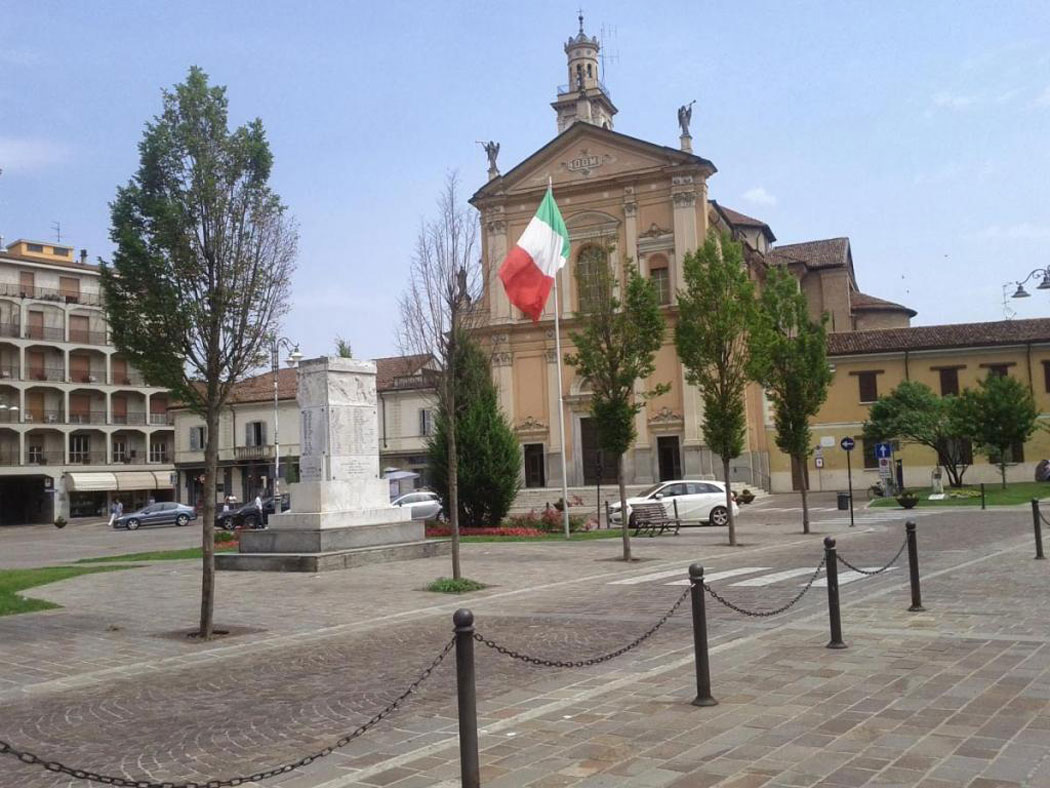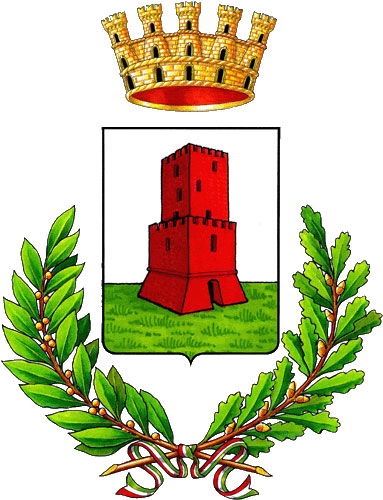

A very fertile area with a very long history that perhaps began with the Etruscans and continued with the Insubri Gauls.
With the Romans came an efficient productive agricultural system and the territory was divided into villas or casali, or organised farms, which then gave their name to the town. It is said that 'Casalpusterlengo' actually has Roman origins and comes from 'Casalis Pistorum', i.e. the place where the grain is crushed in the mortar.
In any case, history tells us that one of the battles between Hannibal's army and the Romans led by Publius Cornelius Sicpion and Tiberius Sempronius during the Second Punic War was fought in this area.
Not much is known about the history of the centuries after the fall of the Roman Empire, and the first news dates back to the year 1000 when Casalpusterlengo appears among the possessions of the Monastery of Ollona to which it had been donated by Emperor Lambert.
It should be remembered that in these centuries the monks played a very important role as custodians of knowledge, which they also handed down to reorganise civil society.
The population was disorientated by continuous invasions and took refuge in castles or monasteries. These always included agricultural areas and residential areas, many of which were the beginnings of our urban centres.
In the 14th century it became a fief and the first feudal lords were the Pusterla family, from which the second hypothesis on the origin of the name Casalpusterlengo derives.
The Pusterla were appointed by the bishop-count of Lodi, who at that time led a sort of autonomous state, albeit dependent on Bernabò Visconti. The deed shows the plan of the time, a very valuable document to understand the evolution of this town over time around the castle surrounded by a moat with the nearby church of San Gervasio.
The tower of this original castle is the one depicted in the town's coat of arms and is now a National Monument.
Around the middle of the 15th century, at the end of a period of conflict between Milan and Venice, the feud was given by Francesco Sforza to the Lampugnani family. With them, for about two centuries Casalpusterlengo went through a period of economic expansion with the construction of the market (thanks to the 'diritto di piazza') and the linen trade.
In 1574 apparitions of the Madonna took place and shortly afterwards pilgrimages began and the construction of the Sanctuary of the Madonna dei Cappuccini began.
With the extinction of the family, the feud was put up for auction by Maria Anna of Habsburg and for a certain period it was governed by the Trivulzio family, who also owned the neighbouring municipalities. It experienced complex years, suffering the plague, Spanish invasions, then Polish and finally Austrian invasions.
In 1768 it became a free municipality without feudal lords but under the direct control of the state and this until the French Revolution and the arrival of Napoleon, who established his headquarters here for the Battle of Lodi.
Casalpusterlengo then became part of the Cisalpine Republic, but after the fall of Napoleon and the Congress of Vienna, this centre too came under the control of the Austrian Empire.
Prosperity and industrialisation arrived with the Unification of Italy, which brought the railway, and with it the international trade in poultry and related businesses such as cage-making companies. From then on, the town took on its definitive connotation as an important centre of agricultural and industrial production, which it still maintains.
In 1976 Casalpusterlengo was awarded the title of town and among its sons we can mention Francesco Agello, born in 1902, who was an ace aviator in the Regia Aeronautica (Royal Air Force), setting the world speed record on a seaplane in 1934 at over 700 km/h.







Follow us